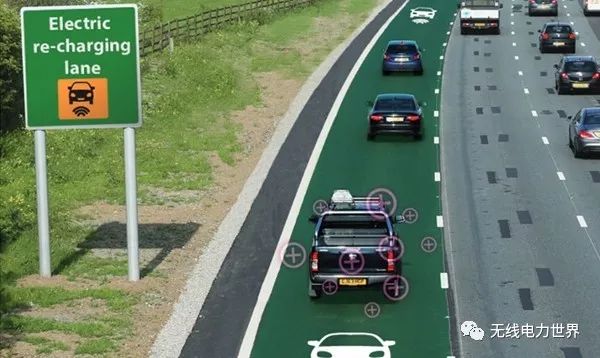The idea that electric vehicles will someday be able to wirelessly drive on the freeway and drive hundreds of miles or even thousands of miles without relying on batteries may sound sci-fi, but some engineers are trying to make it more realistic. . At present, most electric cars are 100 to 250 miles (about 160 to 400 kilometers) full of electricity, and the specific endurance depends on the model. But even if it is the United States, if you look at the charging station in the entire region is still very few, requiring the owner to drive an electric car on a long journey is a very big challenge. This problem may disappear with the advent of higher-capacity batteries and wireless power transmission technologies. In the past two years, Khurram Afridi, assistant professor of the Department of Electrical and Energy Engineering at the University of Colorado Boulder, and other engineers have been working hard to develop electric fields at extremely high frequencies, which may one day allow these technologies to go beyond small consumer electronics products. Provides kinetic energy for larger products such as automobiles. The concept of wireless power transmission has fascinated scientists for many years. For example, Nicolas Tesla, a talented inventor with many revolutionary inventions in the field of electromagnetic fields, has publicly performed the results of long-distance energy transmission. He has a number of related patents. Electromagnetic theory research work is the cornerstone of modern communications and radio. He also believes that he can transmit electricity through the air. Unfortunately, due to economic difficulties (because Nikolai was too lazy to legally guarantee the patents were taken away), the research project was not completed. Today, some small consumer electronics products can already be equipped with wireless power transmission technology, but high-frequency technologies that can transmit large amounts of power have not yet been successfully developed. In addition, it is necessary to charge airborne vehicles at high speeds. As long as the smartphone is charged at 5W for wireless charging, the laptop may need 100W of power, but a moving car needs power in KW. Most wireless power technologies transmit energy in a cyclical magnetic field, but this requires fragile ferrites to maintain energy guidance, which is costly. Therefore, Khurram Afridi considered changing the electric field to transmit energy at a drastically reduced cost. A special lane for wireless charging can be provided on the freeway. If an electric vehicle needs to be charged, it only needs to travel on the lane, and electric energy is transmitted through a very small capacitance between the road and the vehicle. Of course, such a small capacitor cannot transmit enough energy, so Khurram Afridi's team proposed an improvement: increase the frequency of the electric field. In their experiments, they have already achieved transmission of kilowatts of power at the megahertz frequency. Researchers are working hard to develop prototypes and try to extend them to potential practical applications. A highway that can charge electric vehicles is far from reality, but as a scientist, Khurram Afridi is optimistic and positive. Usb-C Hub 4 In 1,Usb C Hub Laptop Docking Station,Usb C Hub For Surface Book Wireless,Docking station for laptop,Docking station for macbook pro Shenzhen Konchang Electronic Technology Co.,Ltd , https://www.konchangs.com